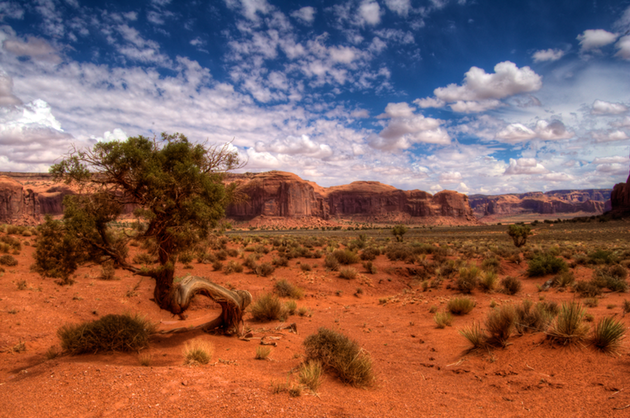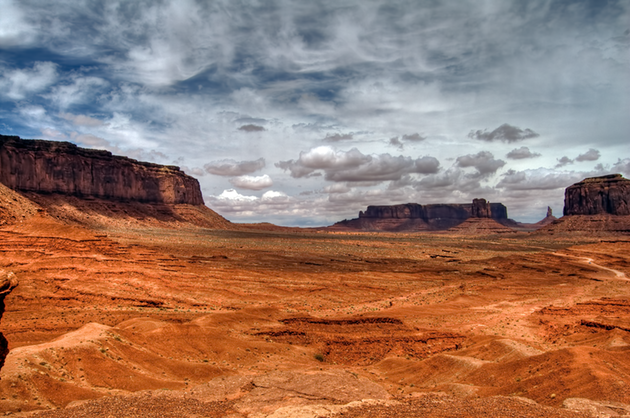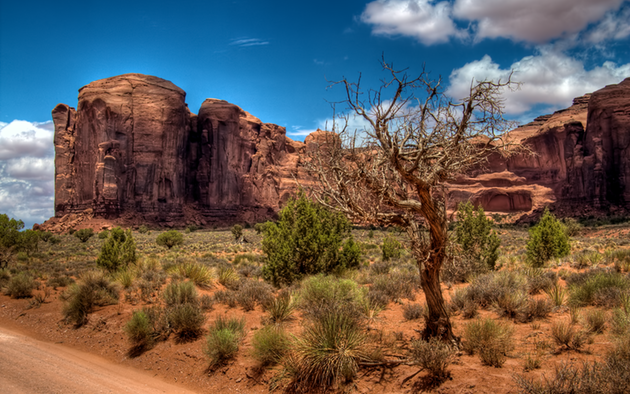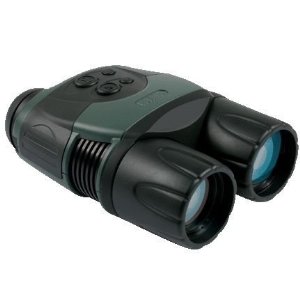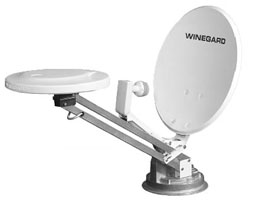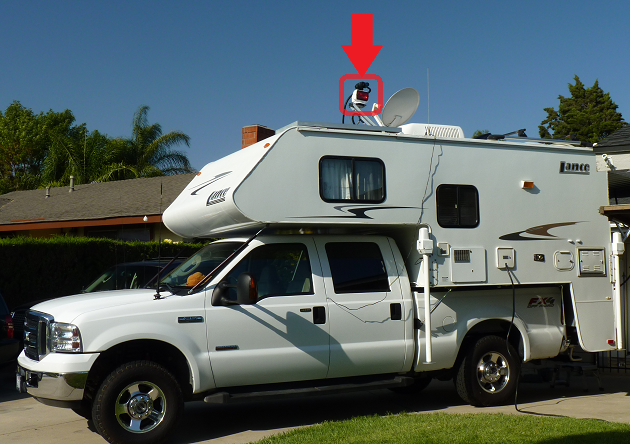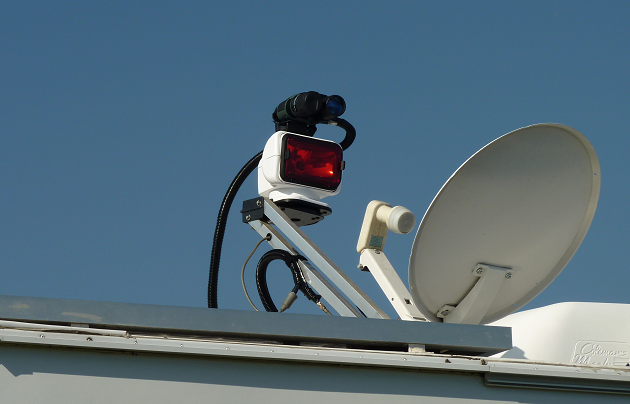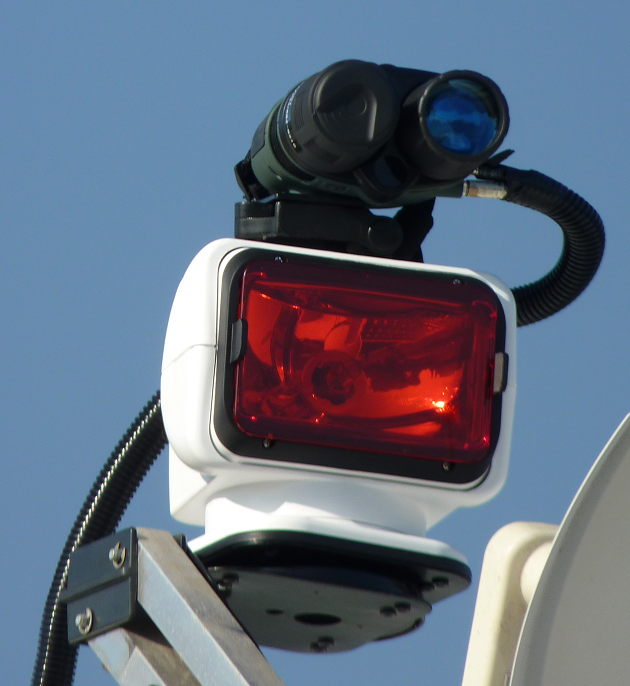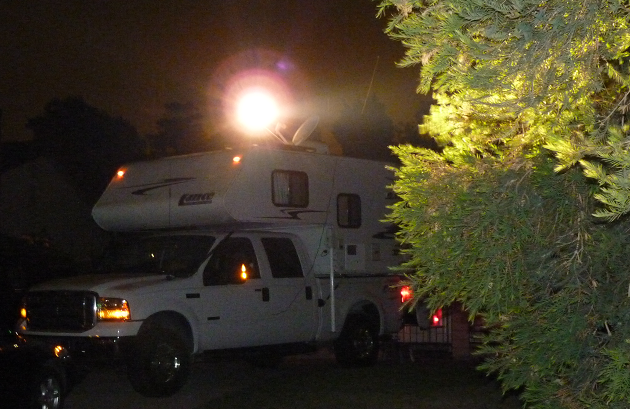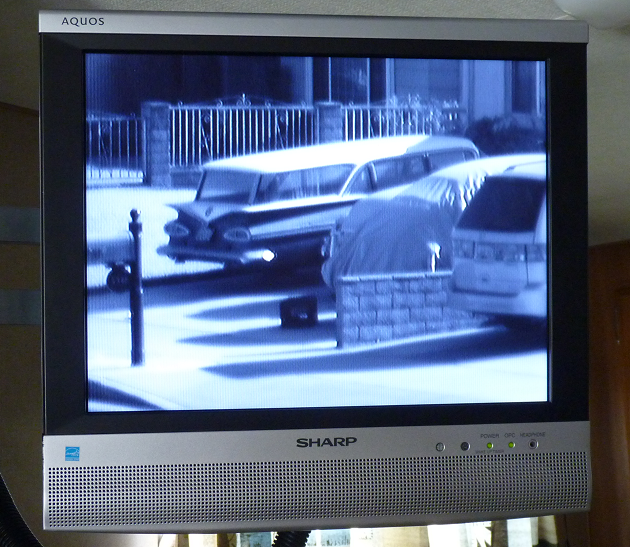Pseudo-HDR Images from Cajon Pass
During my deep-dive into the realm of High Dynamic Range photography I have been forced to test with pseudo-HDR images which are the byproduct of a single RAW image file. (See my previous blog post, “Going to the Next Level: Learning HDR,” for a detailed explanation.) I am learning the nuances and challenges of the process, the various techniques and softwares packages available, and developing a maintainable workflow process. Above all else though, I am becoming inspired.
Here are a few of my recent pseudo-HDR tests and practice images. These photos are from the vaunted Cajon Pass region of southern California:
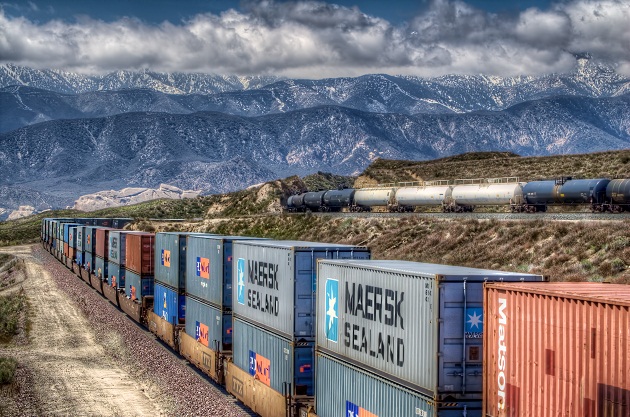 Cajon Pass - Mountains, Weather, and Trains — A westbound Union Pacific manifest train (top) heads downgrade while a BNSF intermodal train follows along side on the parallel alignment as clouds cover the summits of the San Gabriel Mountains. [4/6/2006 - San Bernardino/Los Angeles Subdivisions]
Cajon Pass - Mountains, Weather, and Trains — A westbound Union Pacific manifest train (top) heads downgrade while a BNSF intermodal train follows along side on the parallel alignment as clouds cover the summits of the San Gabriel Mountains. [4/6/2006 - San Bernardino/Los Angeles Subdivisions]
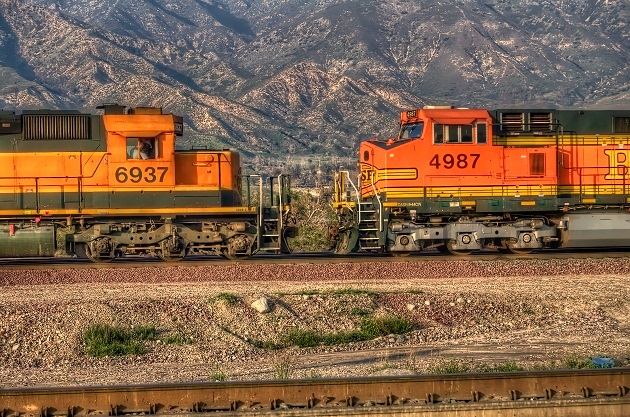 Old Meets New - Seen here at Devore, CA, BNSF 6937 and BNSF 6867 (EMD SD40-2’s) are providing power for the manned helper unit out of San Bernardino, CA on April 6, 2006, and pull slowly up to the front of BNSF 4987 East, an under-powered intermodal train with this GE DASH 9-44CW on the point. Soon the train will begin a full assault on Cajon Pass.
Old Meets New - Seen here at Devore, CA, BNSF 6937 and BNSF 6867 (EMD SD40-2’s) are providing power for the manned helper unit out of San Bernardino, CA on April 6, 2006, and pull slowly up to the front of BNSF 4987 East, an under-powered intermodal train with this GE DASH 9-44CW on the point. Soon the train will begin a full assault on Cajon Pass.
[4/6/2006 - San Bernardino Subdivision]
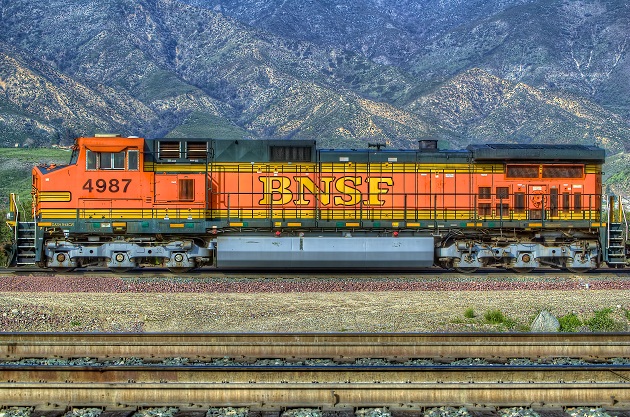 BNSF 4937 East - BNSF 4937 (GE DASH 9-44CW) is on the point of an under-powered intermodal train waiting at Devore, CA for a manned helper set to arrive to assist in getting it’s train over the hill.
BNSF 4937 East - BNSF 4937 (GE DASH 9-44CW) is on the point of an under-powered intermodal train waiting at Devore, CA for a manned helper set to arrive to assist in getting it’s train over the hill.
[4/6/2006 - San Bernardino Subdivision]
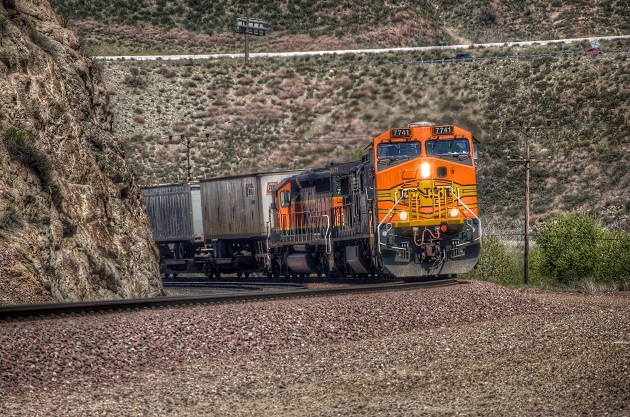 BNSF 7741 West - Prior to BNSF’s recent triple-tracking program over Cajon Pass, CA, BNSF 7741 (GE DASH 9-44CW) leads NS 8594 (GE DASH 8-39C) and an unidentfied EMD SD40-2 around the bend at Swarthout Canyon Road near Blue Cut, CA, with a westbound hot z-train.
BNSF 7741 West - Prior to BNSF’s recent triple-tracking program over Cajon Pass, CA, BNSF 7741 (GE DASH 9-44CW) leads NS 8594 (GE DASH 8-39C) and an unidentfied EMD SD40-2 around the bend at Swarthout Canyon Road near Blue Cut, CA, with a westbound hot z-train.
[4/8/2006 - San Bernardino Subdivision]
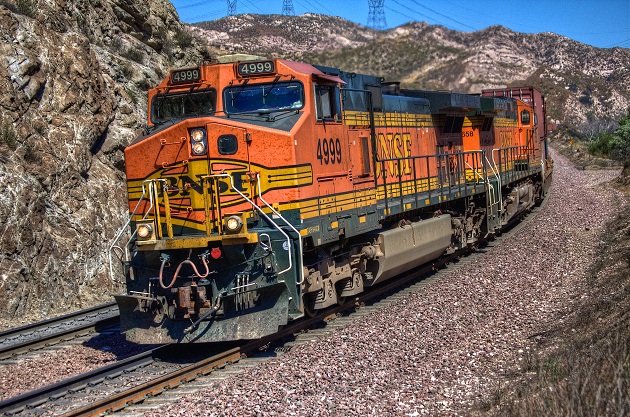 BNSF 4999 West - BNSF 4999 (GE DASH 9-44CW) is on the point of a westbound stack train as she rounds a curve near Blue Cut, CA on August 13, 2006.
BNSF 4999 West - BNSF 4999 (GE DASH 9-44CW) is on the point of a westbound stack train as she rounds a curve near Blue Cut, CA on August 13, 2006.
[8/13/2006 - San Bernardino Subdivision]
 BNSF 5326 East - BNSF 5326 (GE DASH 9-44CW) and the trailing units are in Run 8 (full throttle setting) as they hustle a hot eastbound z-train upgrade near Blue Cut, CA.
BNSF 5326 East - BNSF 5326 (GE DASH 9-44CW) and the trailing units are in Run 8 (full throttle setting) as they hustle a hot eastbound z-train upgrade near Blue Cut, CA.
[4/8/2006 - San Bernardino Subdivision]
 Cajon Pass,
Cajon Pass,  Cajon Pass Railfan Map,
Cajon Pass Railfan Map,  HDR,
HDR,  High Dynamic Range CATEGORIES:
High Dynamic Range CATEGORIES:  General Photography,
General Photography,  Railroad Photography,
Railroad Photography,  Technology
Technology 
